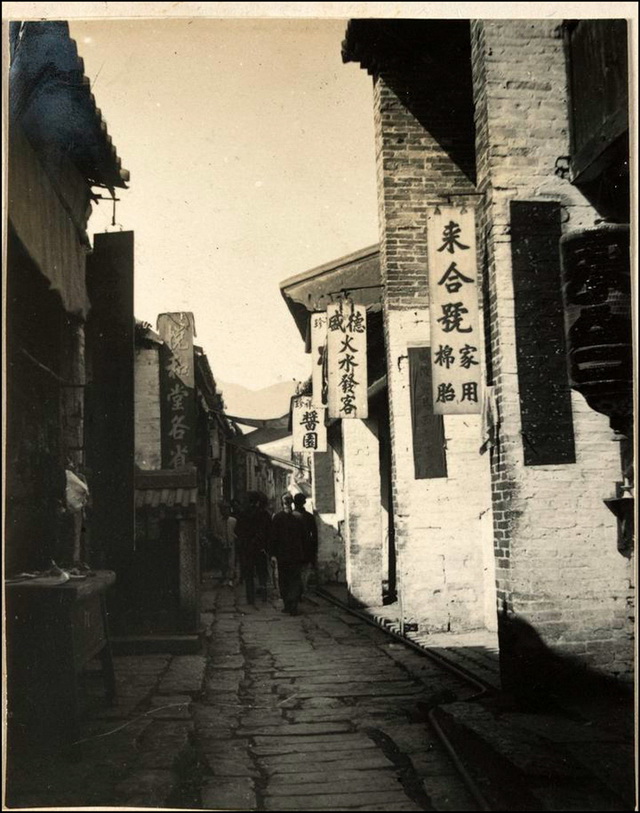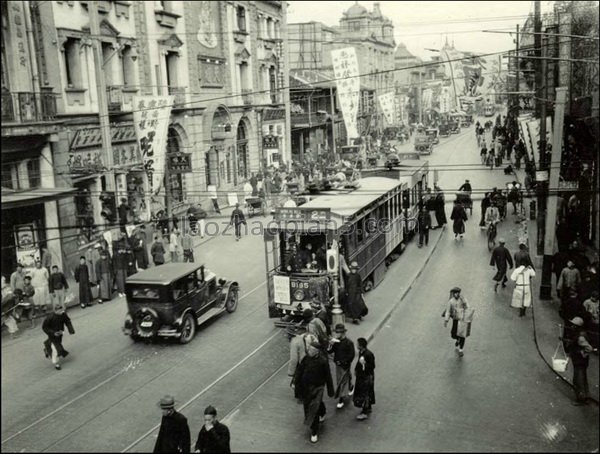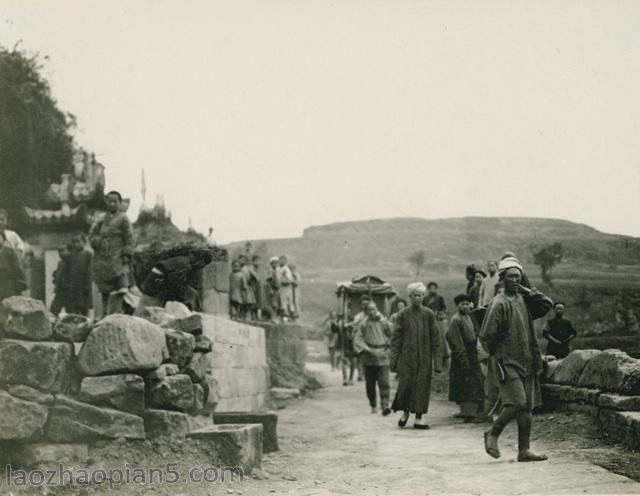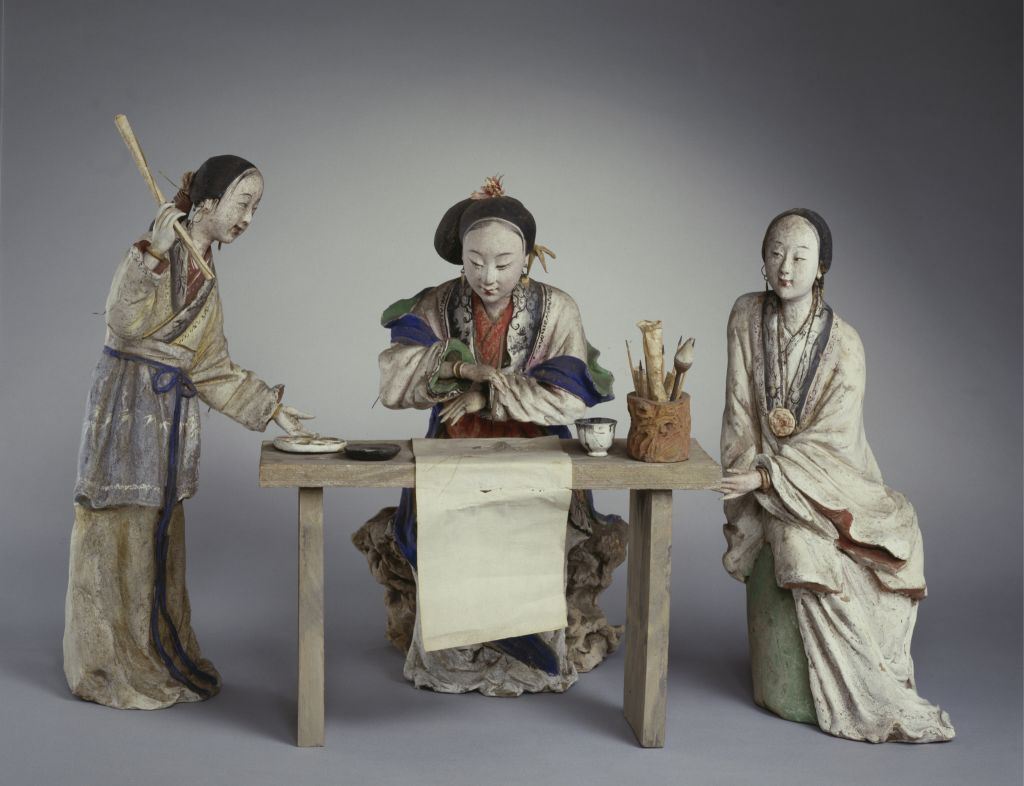[Audiovisual image of Guo Wuwei’s copper and gold plated temple]
Audiovisual image of Guo Wuwei’s copper and gold plated temple, in the twenty-third year of Taihe in the Northern Wei Dynasty (499), 16.5 cm high.
Like gilding all over the body. Guanyin has a crown on her head, an oval face, eyebrows and eyes, eyes slightly upward, and a sharp nose. The right hand holds a long-stemmed lotus, and the left hand holds a corner of the cloth. The cloth wraps around its exposed upper body, wearing a collar around its neck, and a skirt under it. It is barefoot and upright. The back is backed by navicular backlight and flame pattern. On one side of the back, a donor holds fragrant flowers and worships Sakyamuni on the other side. Sakyamuni wears a round-necked cassock and sits with folded arms. The image is tall and solemn, in sharp contrast to the donor. At the bottom of the statue is a quadruped, and on the front are two donors, one male and one female. They are the funders and worshippers of the statue. On the back are inscribed with a vow: “On May 20, the 20th of Taihe, the Qing Dynasty (letter), the first area of the statue of Guo Wuwei, a scholar woman, is willing to follow the heart and has been heard.” Taihe is the year of Emperor Xiaowen of the Northern Wei Dynasty. The year of the twenty-third year is 499 A.D., and “already” should be the popular writing of “record” or “discipline”.
Such statues are collected in the Palace Museum in Beijing and the Hebei Provincial Museum, which can be regarded as a common shape in the middle and late Northern Wei Dynasty, and are popular in Hebei and Henan in the north. This kind of Avalokitesvara has very fine and accurate depictions of clothing patterns and decorations, and the elegant flying of the cloth is particularly commendable.
This image was once collected by Huang Jun, the owner of the ancient house, and then returned to the Palace Museum
![图片[1]-Guo Wu sacrificed the bronze and gilded temple-China Archive](https://chinaarchive.net/Wei, Jin, Southern & Northern Dynasties/Sculpture/3106[1024].jpg)
![郭武牺铜鎏金观音像背面 图片[2]-Guo Wu sacrificed the bronze and gilded temple-China Archive](https://chinaarchive.net/Wei, Jin, Southern & Northern Dynasties/Sculpture/3117[1024].jpg) 郭武牺铜鎏金观音像背面
郭武牺铜鎏金观音像背面![郭武牺铜鎏金观音像底座 图片[3]-Guo Wu sacrificed the bronze and gilded temple-China Archive](https://chinaarchive.net/Wei, Jin, Southern & Northern Dynasties/Sculpture/3118[1024].jpg) 郭武牺铜鎏金观音像底座
郭武牺铜鎏金观音像底座



![[Qing Dynasty] British female painter—Elizabeth Keith, using woodblock prints to record China from the late Qing Dynasty to the early Republic of China—1915-China Archive](https://chinaarchive.net/wp-content/uploads/2022/11/image-191x300.png)
